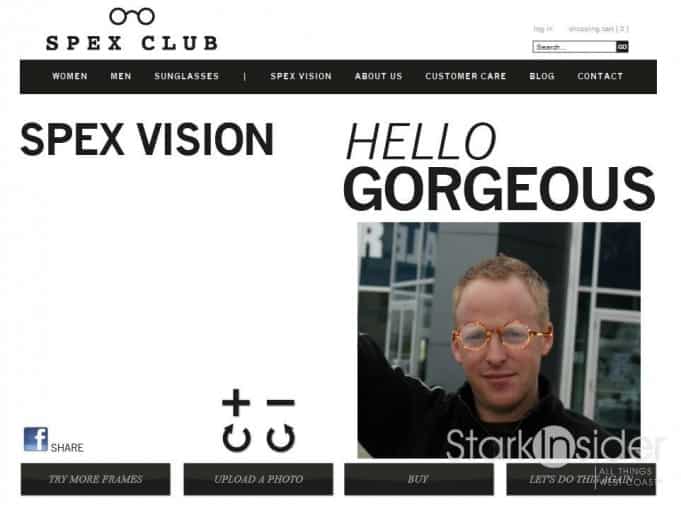
Yesterday, Clint and I got into a conversation about video streaming and the demise of Blockbuster. We started to reminisce about the days we went to Blockbuster on a Friday night and browsed through the walls of movies. The drive, park and walk on the sidewalk into the store to rent a DVD were opportunities for us just to hang out, share a joke and just enjoy the moment. Granted, it wasn’t all fun, but something is lost as we move towards digital experiences.
Things move so fast that there is little time to savor the journey, the moment of anticipation before reaching an ultimate destination. It can’t all be about speed in the digital realm. It would be equivalent to nourishment through a tube. Very efficient, but hardly enjoyable. The delight from eating is not at the final moment of swallowing. Instead it begins first with the anticipation of deliciousness and slowly builds with the sight, smell, texture and taste of a dish. So much of life is about the journey, not the destination.
As folks look for ways to speed up digital interactions, how about the age old adage that “time flies when you’re having fun”?
I had a laugh this weekend trying on frames at Spex Club on a photo of Clint, my partner in crime. I uploaded a photo and tried on different crazy pairs of glasses and was able to share on Facebook. Unfortunately, in the middle of this activity, the website froze on me and I lost my photo. Needless to say, it wasn’t as enjoyable at that moment. In this case, speed and responsiveness still matter, but it is in the context of savoring the process, not transacting purely on the sale.
This concept of making the “journey” more fun is not new. The term gamification has been coined to refer to the “application of game mechanics and game-thinking in non-game environments to increase fun and engagement”. However, a lot of the focus has been on badges, points and rewards. These elements do increase enjoyment while they are novel. As the market matures and gets flooded with this type of currency, badges and points alone will become meaningless. Instead such periphery elements must be aligned with making the core process fun.
We can give Johnny a dollar for washing the dishes, but what if Johnny actually found washing dishes fun?
For example, when I buy clothes off of Nordstrom.com, instead of just offering me a fast shopping cart experience, it would be more fun if all the clothes and accessories I purchased were placed in a virtual closet. The virtual closet could be sorted by colors, seasons, and business vs. fun outfits. I could even share my closet with a personal shopper either in their retail outlets, over the phone or on the web so they can give me more customized advise. I could keep track of my Nordstrom reward vouchers online and even earn badges when I remove items and mark them as donated to a local charity. Implicit in this desire is that adding and configuring my virtual closet is fun…meaning I don’t want to fill out rows and columns of data.
Clint and I stare at a large screen, pick out a movie and in a blink of an eye, the film starts. It’s fast, it’s convenient…but it could have been any service. Nothing made it special.


